“We’re trying to build a robot out of Lego which can put together a copy of itself with Lego pieces.” – Rodney Brooks, MIT
More than a ubiquitous and ingenious toy, Lego is a way of seeing the world that has influenced an entire generation of businessmen, scientists and engineers working at the cutting edge of computing and robotics.
“The thing I’m most fond of is Lego Mindstorms. I’ve been doing some classified things with them.” – Larry Page, Google
“Bill Gates and the owner of Lego…have been meeting for a long time.” – T B Sorensen, EVP, Lego
This relationship with computing is well-established, but Lego also has an influence on the wider scientific community. In fields as diverse as genetics, astrophysics and statistics “Lego-like” has become a ready metaphor for modular systems able to construct a multiplicity of forms from basic, self-binding units.
“People should learn how to play Lego with their minds. Concepts are building bricks” – Vitorino Ramos
The metaphor’s prevalence reveals as much about scientists’ modes of thinking as it does about the actual workings of the world – modes of thinking arguably shaped directly by the toy itself. Meanwhile, Lego’s popularity as a tool for teaching science and engineering means that new generations are growing up steeped in this legoistic world-view.
The toy succeeds because it re-imagines the world in a kind of pixelated low resolution to let users build simple models of complex objects. A child who struggles to make a satisfactory Plasticine duck, for example, will have little trouble making one from Lego bricks. Its lo-rez system favors approximation over exactitude – except at the biggest scales a Lego model is always more a symbol of a thing than its replica.
This ability to simplify and make manageable partly explains Lego’s appeal to those thinking about complex systems. And the legoistic conception of the world as logical, modular, mechanistic and “atomized” is useful up to a point, but surely breaks down as a metaphor for the sub-atomic realm, or for dealing with the spiritual and metaphysical.
Regardless, Lego resonates with geeks, for whom it has become something of a cult – and it is through them that the brick effects our lives in surprising ways. Most of these may be buried within the engineering of the various technological systems and processes we encounter, but perhaps its conceptual influence on scientists effects us as well.
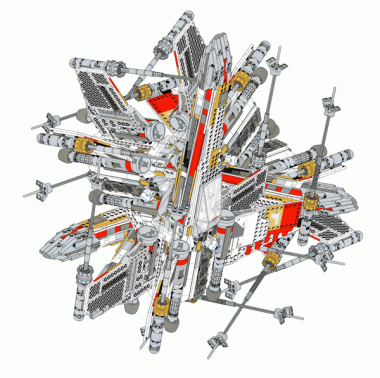 If there is a danger in legoism – and I’m not sure there is really – it’s that the metaphor ends up defining the subject instead of merely illuminating it. And ingenious as a Legoland may be, it lacks the glorious chaos, uncertainty, randomness and mystery that ultimately give life its piquancy. Lego’s seductively elegant system and bright colors ultimately mask something cold and hard.
If there is a danger in legoism – and I’m not sure there is really – it’s that the metaphor ends up defining the subject instead of merely illuminating it. And ingenious as a Legoland may be, it lacks the glorious chaos, uncertainty, randomness and mystery that ultimately give life its piquancy. Lego’s seductively elegant system and bright colors ultimately mask something cold and hard.
“Metaphors are dangerous.” – Milan Kundera
All that aside, Lego is a wondrous thing – each piece so clean and precise, moulded to incredibly fine tolerances to provide just enough stickiness. The early design was actually copied from Hillary Page, an English toy-maker and the founder of Kiddicraft. (Page committed suicide just before Lego began marketing itself in Britain.)
 Before the toy could really take off Lego had to make several design improvements, the most important: in 1957 they added the tubes on the underside to give Lego its amazing flexibility as a system. Other innovations followed, including the addition of wheels in 1962 (before then Lego had been strictly about buildings). Within 40 years they would be making more tires than Goodyear.
Before the toy could really take off Lego had to make several design improvements, the most important: in 1957 they added the tubes on the underside to give Lego its amazing flexibility as a system. Other innovations followed, including the addition of wheels in 1962 (before then Lego had been strictly about buildings). Within 40 years they would be making more tires than Goodyear.
In the 50 years and 6 billion blocks that have passed since O. K. Christiansen bought his first injection moulding machine, countless imaginary worlds have evolved and been torn apart; while each minute thousands of fleeting creations flicker in and out of existence. Perhaps then Lego’s most enduring quality is the way it has come to embody a particular world-view, and the impact that world-view has had on the most influential technologists of our time.
“I love the restrictiveness of Lego, especially the minifigures. They’re hard to pose, have limited clothing choices, hair and facial expressions. Even within these limitations, it’s amazing to see what a bit of imagination can achieve.” – Mike Stimpson
Further links:
The possible combinations of six 2X4 stud bricks
An inventory of every Lego part in existence
Home of Nathan Sawaya, Lego artist
Home of Sean Kenney, Lego artist
Home of Nicholas Foo, Lego artist
How to make a Rubik’s Cube-solving Lego robot
Slideshow: the making of a Lego brick
Virtual Lego modelling software for Mac
Brickshelf, Lego-builders community
Hall of Bricks, Lego enthusiasts online
Display of original Google Lego server casings at Stanford University
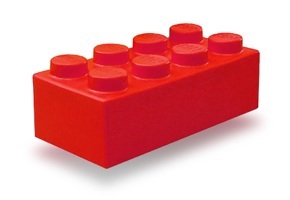



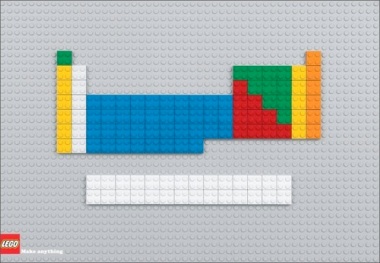




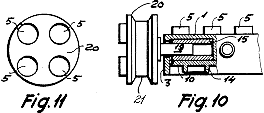

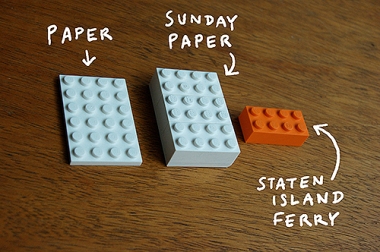

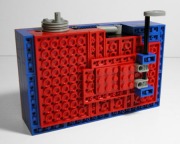
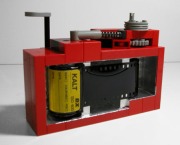


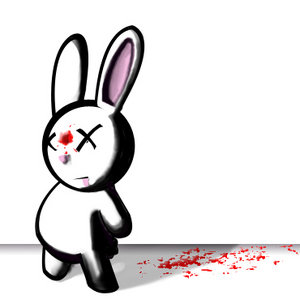
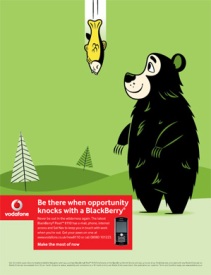
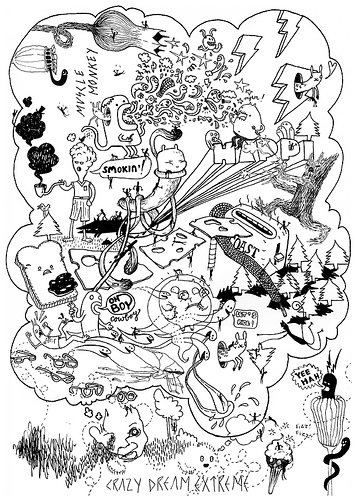 `
`





“fckng rtrdd.”
“You’d have to be on the droogs to buy this thing.”
“Is it made from wet Mazdas?”
For a second I saw the chair through the eyes of people just not that into design – from whose perspective the chair could look pretty damned stupid. I was left wondering whether there isn’t an emperor’s clothes syndrome at work within high-concept design.
In the end I remembered that ordinary tastes are well-served. And anyway, it’s quite some achievement to create a chair that makes people angry. More than other types of design, experiments are conducted to provoke a response – it’s only if they don’t that we can consider them a “failure”.
“There is no such thing as a failed experiment, only experiments with unexpected outcomes” – R. Buckminster Fuller